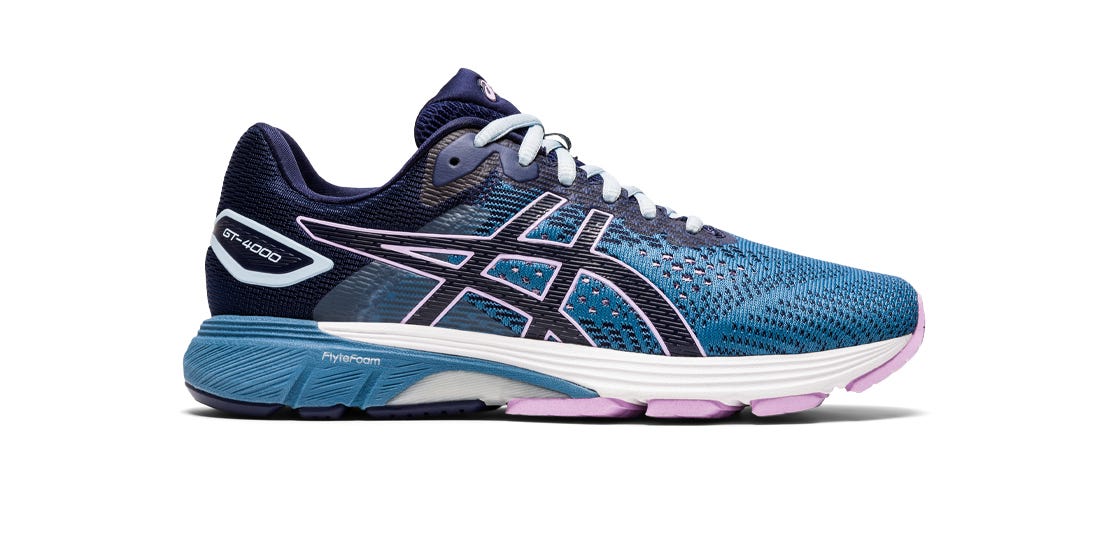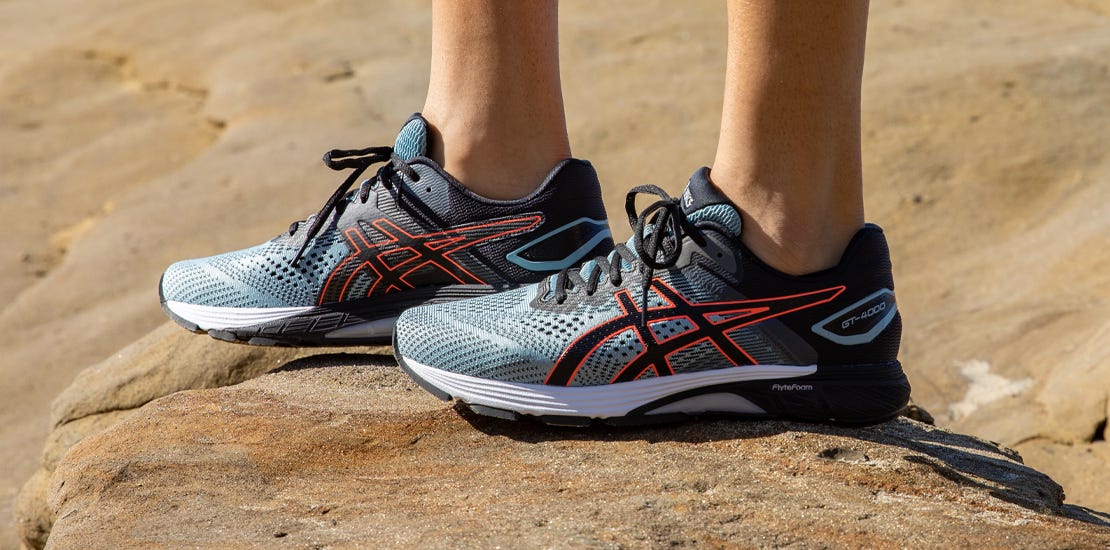GT-4000 2: CHARCOT FOOT


Anthony Ng, B.Sc (Pod), B.Ed, Dip Tch
Charcot foot is a significant foot complication of Diabetes which involves a direct inflammatory response affecting bones, soft tissues, and joints of the foot and ankle. The pathophysiology is unknown, however Charcot’s tends to develop from trauma and increased weight-bearing, along with neuropathy.
If healthcare professionals are unable to identify the condition at the acute phase and prevent deterioration, it will result in significant deformation primarily occurring at the Lisfranc joints, STJ or mid-tarsal region of the foot. The damage to the foot skeletal shape can be of a gross foot deformity, resulting in vast valgus malalignment; notably, arch collapse with a rocker bottom appearance. This often results in increased stiffening of the foot, along with associated ligament changes altering the natural forces of gait which will lead to further lower limb complications.
The best strategy is to avoid this condition from occurring and diagnose early for prophylaxis. If
Charcot’s foot has already occurred and settled, the deformity of the foot structures will need to be continually supported. If you have any suspicions that a patient will develop this condition, it is more effective to stop, prevent, or preserve foot deterioration. Surgical intervention is recommended for the most severe foot disfigurements where all other non-surgical options are exhausted.
As the deformity mainly occurs at the Lisfranc joints, STJ and MTJ there will be the tendency for the foot to move medially. ASICS has engineered the new GT-4000 version 2, which provides the stiffening strength required at the rear and
midportion of the shoe to help support these foot structures during the forces of plantar loading.
The GT-4000 upper and correct midsole shore densities help correct alignment, and influence pressure distribution to prevent subsequent disorganization of the foot, further deformity, and to provide those at risk with supportive footwear before this condition eventuates.
The strong midfoot truss offers reduced torsional twisting to increase stabilization and strength around the mid-tarsal region. This provides control and helps support feet with a rocker bottom deformity.
This condition is associated with a lack of absorbency. Shock attenuation is required to provide comfort for those interlocking joints and bones throughout the gait cycle. The chosen foam offers durability and effective energy return providing increased comfort.
The ideal pitch profile will not create additional transferred forces as the unstable foot moves through the gait cycle. The 2E width fit adds extra depth and girth to accommodate structural changes that may have occurred or provide the space for any accommodative custom fabricated devices.


Finding the correct footwear can be difficult, the GT-4000 provides some of the ideal requirements for this condition, with a solid and rigid rear, and a durable dual-density midsole, offering much-needed support throughout the medial and lateral longitudinal arch which extends through to the propulsive phase. Other conditions that this shoe may aid with include:
Amputation to hallux: Associated with the structures of the midfoot to move medially. Altered pressure distribution occurs during the initial phase of propulsion causing the foot to move in a valgus direction, ultimately affect the timing of the gait cycle. The GT-4000 encompasses a strong extended midfoot component which improves sagittal alignment.
Flexible flatfoot with hallux Valgus: Notable weakening of foot muscles, causing an ineffective transfer of energy which alters the timing of the foot during dynamic gait; this often makes normal push-off impossible. Ineffective sagittal plane motion causes increase foot deformity resulting in Hallux Valgus (HAV). Support will be required from distal midfoot to proximal forefoot.
Posterior Tibial Dysfunction: Normally related to adults with an acquired flat foot deformity, resulting in tendon degeneration or elongation changes. The presentation of a valgus deformity will require a supportive constructive shoe to improve foot alignment in providing a more positive ergonomic ride.
Pronation: Able to effectively control kinematics of pronation and reduce tibial rotation. Capable of replacing the need for orthotic therapy.
STJ Ligament Injury: Usually associated with a major traumatic sprain. Irritation occurs over the anterior ankle, with loss of strength in dorsiflexion. Supportive footwear is required to regain ankle hold and control.
